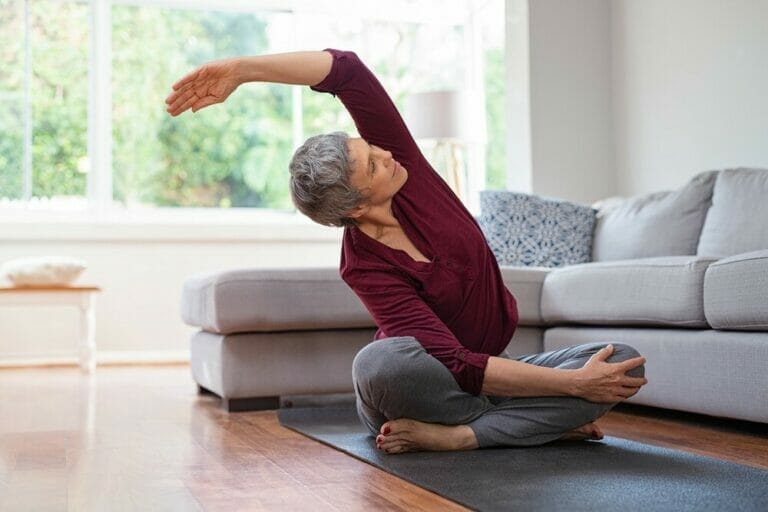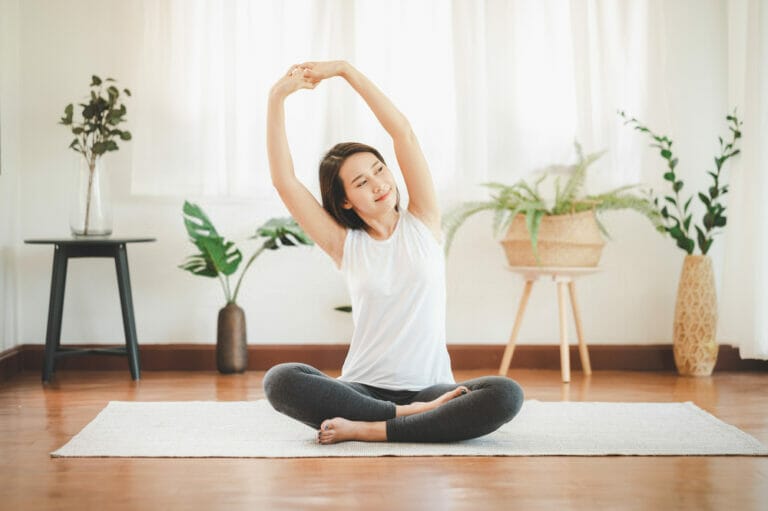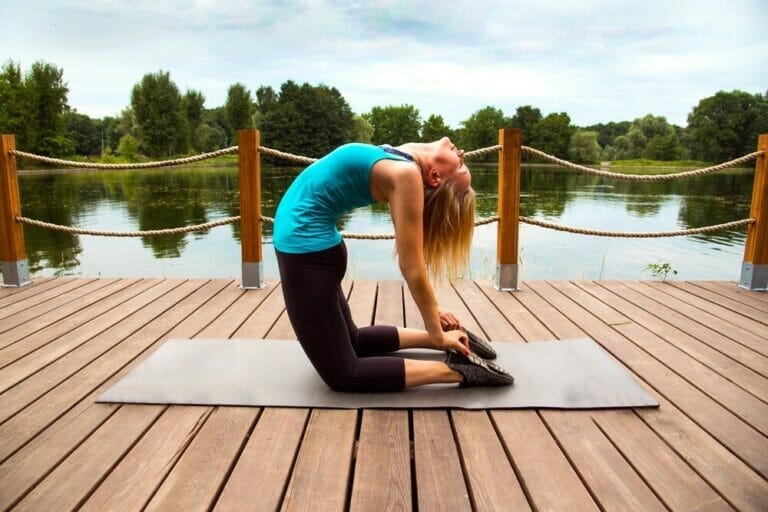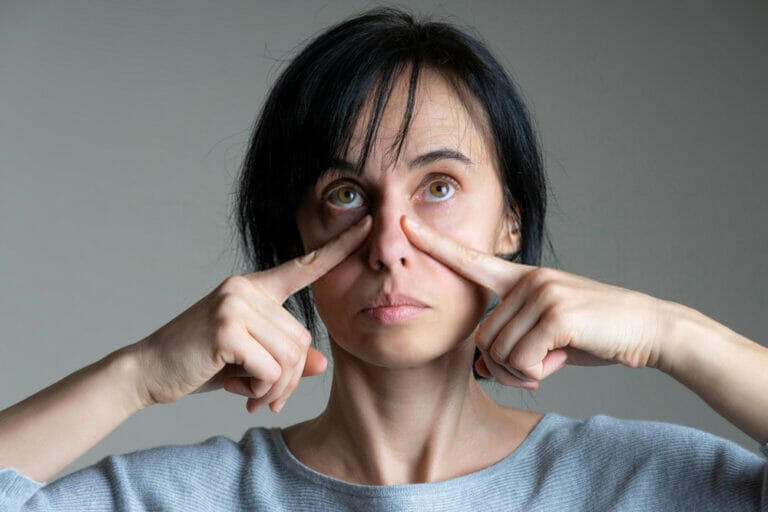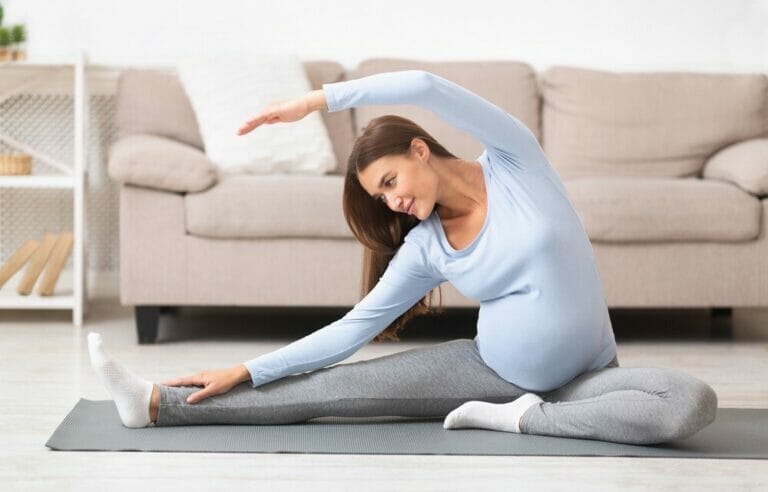Does Knee Pain Give You A Hard Time? – Try These Yoga Poses
Do you have aches and pains in the knees? Many people struggle with chronic knee or joint pain from arthritis, osteoarthritis, or strain from everyday life.
Fortunately, yoga exercises are a proven remedy, although they can seem threatening for beginners.
Yoga for knee pain can work wonders! The Yoga poses are focused on stretching, strengthening, and calming the muscles. As a result, you'll feel better, look better, and be healthier in just a few weeks.
You don’t have to be an expert or even like yoga to benefit from it, either. You can do yoga at home, in your backyard, or even on the beach! Just find a quiet spot and focus while doing each pose. It only takes about 15 minutes a day to feel the benefits.
What Are the Benefits of Yoga for Knee Pain?
Yoga strengthens your muscle tissues and improves flexibility. For example, when you use a yoga ball, you’re able to stretch your legs more than you would if you were lying down on the floor.
It also reduces pressure on your knees and improves blood flow to them, bringing oxygen and nutrients to them as well as removing waste products.
There is also a mental aspect of yoga that you can benefit from. Yoga encourages you to put your mind in a state of relaxation, which helps alleviate anxiety and stress.
It is an essential part of learning how to cope with your pain or joint injury and fatigue and weakness without medication or surgery!
With the proper exercises, you can get relief from pain between your shoulder blades and your lower back. Your hips may feel tight and strained at first, but rest assured that it will all work out once you learn to do the poses correctly.
Yoga Poses for Knee Pain
There are many yoga poses designed to work the joints and muscles of the body. These poses will also help with other areas of your body when you get used to them!
Warrior I (Virabhadrasana I)
Warrior I is a yoga pose that strengthens the quadriceps muscles. To do this, maintain stability in your knee and hip joints as you flex your ankle joint for the pose duration.

Warrior I also strengthens the hip extensors of the back leg by controlling the degree of hip extension and abduction because it plays a role in centring the pelvis over the feet.
Warrior I also offers variety because you can control the extended or contracted length of the stance. If the pose hurts your knee, stop doing it.
Triangle Pose (Trikonasana)
Triangle Pose purifies the entire body and stretches your hips, groin, hamstrings, and ankles. It’s an excellent pose for arthritis in the knees because it strengthens the quadriceps and releases tension from the psoas muscles that support your back.
Triangle Pose also tones your abdominal muscles as you stretch them to their maximum capacity.
Half-Moon Pose (Ardha Chandrasana)
Half Moon Pose strengthens the quadriceps and allows them to release tension that has built up in them.
It stretches your hamstrings and relaxes your shoulders because it works the deltoids of your upper body as well.
This pose also stretches out your hip flexors so they can relax and release the psoas muscles to relieve tension from their joints.
Standing Forward Bend (Uttanasana)
Standing Forward Bend is an excellent pose for relieving tension in the knees, ankles, and lower back.
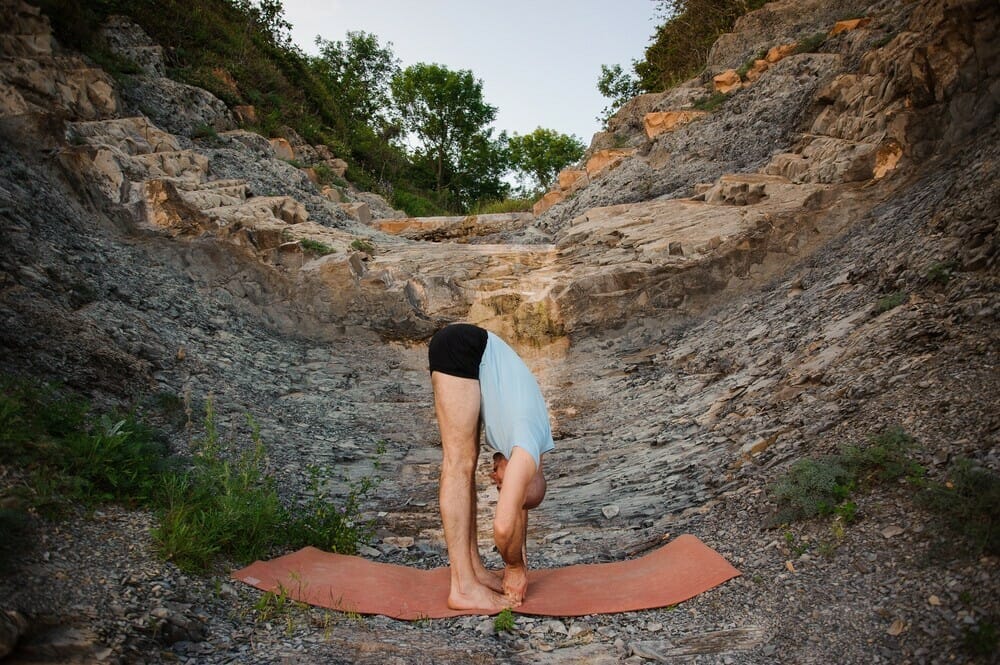
It stretches your hamstrings and activates your groin area to ease the tension that has built up from sitting for long periods.
It’s also suitable for those who experience stress and anxiety because it opens up your chest cavity to allow you to breathe more deeply and fully.
Chair Pose (Chair pose)
The chair pose strengthens your thigh muscles (rectus femoris). A muscular thigh will secure the knees.
This pose also stretches your hip flexors so that they can freely move through their full range of motion and eliminate tension in the psoas muscles.
It also stretches your shoulders, wrists, and ankles for increased mobility.
Full Lotus Pose (Padmasana)
The full lotus pose is said to improve circulation, relieve knee pain, and relax the muscles of your lower back. However, getting your body into this position may take time without putting yourself at risk for injury.
Child’s Pose (Balasana)
The child’s pose is excellent for relieving stress, fatigue, menstrual cramps, and knee pain. In addition, it relieves pressure from your knees because it boosts blood flow to your lower extremities.
It's also an excellent pose to do after intense yoga routines or if you have injured your knees.
Extended Side Angle Pose (Utthita Parsvakonasana)
Strengthening your hamstrings is essential for hip arthritis pain relief. Extended Side Angle stretches the hamstrings and is excellent for activating them. It also stretches your ankles and hips in the opposite direction of the pose.
It acts as a counter-stretch to relieve tension from other areas of your body while making room for greater flexibility and mobility.
Seated Forward Fold (Paschimottanasana)
The seated forward fold is good for relieving tension in the psoas muscles and stretching out the hip flexors.
In addition, the pose is beneficial for knee pain because it opens up your hips while stretching the quadriceps.
Wide-Legged Forward Fold (Purvottanasana)
A wide-Legged forward fold stretches the muscles of the hip and knee joints as well as your entire leg. It also stretches out your calves and ankles.
This pose can be good for relieving stress because it activates your parasympathetic nervous system, which means it is restful and relaxing.
Mountain Pose (Tadasana)
Mountain pose is excellent for relieving tension in the hips, knees, ankles, shoulders, wrists, and back. It also stretches the psoas muscle, which supports your back.
In addition, this pose is excellent for relieving chronic knee pain because it strengthens the back of the leg while stretching out the hip muscles.
Pigeon Pose (Eka Pada Rajakapotasana)
Pigeon Pose opens up your hips and thighs to relieve stress and lots of pressure in your groin area. It’s a good pose for reducing stress because it activates your parasympathetic nervous system.
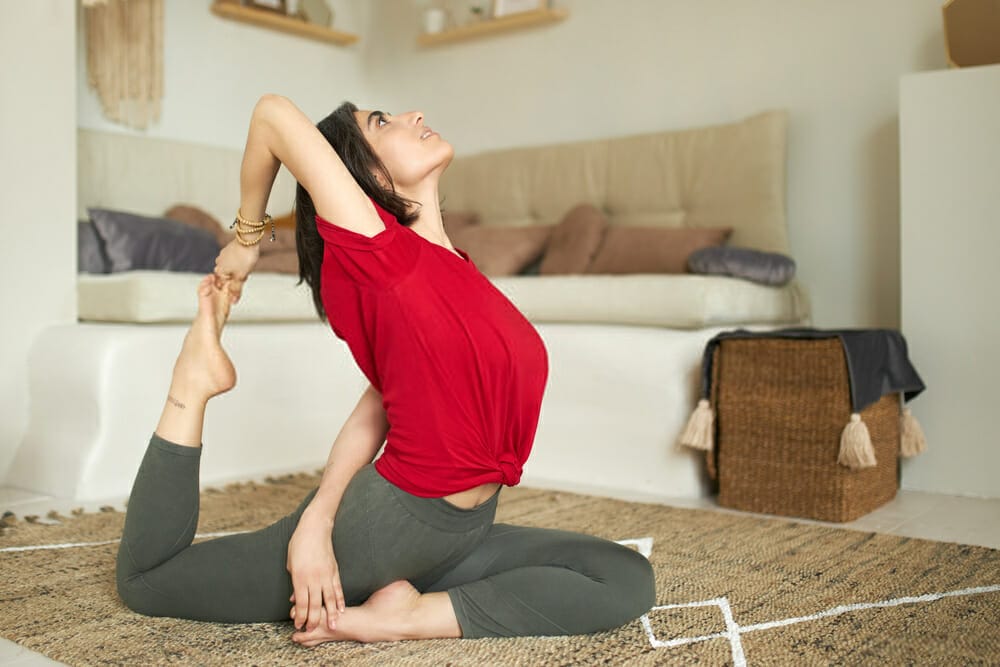
Downward Facing Dog (Adho Mukha Svanasana)
Downward Facing Dog stretches out the hip flexors and strengthens the quadriceps. It’s also great for building strength in your hands, forearms, shoulders, and calves. In addition, it relieves stress because it activates your parasympathetic nervous system.
Tree Pose (Vrksasana)
Tree pose is good for relieving stress, fatigue, and menstrual cramps. It also strengthens your ankles and improves your posture. In addition, it’s a good pose for knee pain because it relieves pressure in the knees.
Bridge Pose (Setu Bandha Sarvangasana)
Bridge pose is beneficial for releasing tension in the hips, groin, back, and shoulder joints and relieving back pain due to sciatica. The pose also strengthens the back muscles while stretching out the glutes and hamstrings.
Conclusion
The accumulation of stress in your body will eventually harm the joints, muscles, and ligaments. We spend a lot of time in our bodies, and it can take a toll on our health if we don’t respect it.
Yoga is a great way to release the tension and stress that has accumulated over time. It also gives you the benefit of strengthening your joints by stretching them out.
These poses mentioned above in the article are great for relieving knee pain and strengthening them, so they are prepared for any activity you want to do.
Trying these poses regularly will help you feel better physically and mentally.


